Urban home gardening has been popular in India, particularly among city people who want to grow flowers and veggies. The trend of growing one’s garden at home has spread to many urban neighborhoods and other parts of major cities. Odisha includes large cities such as Bhubaneshwar, Cuttack, Raurkela, Brahmapur, Sambalpur, and Puri. Home gardens are gaining momentum in Odisha’s cities, and we will learn more about them.
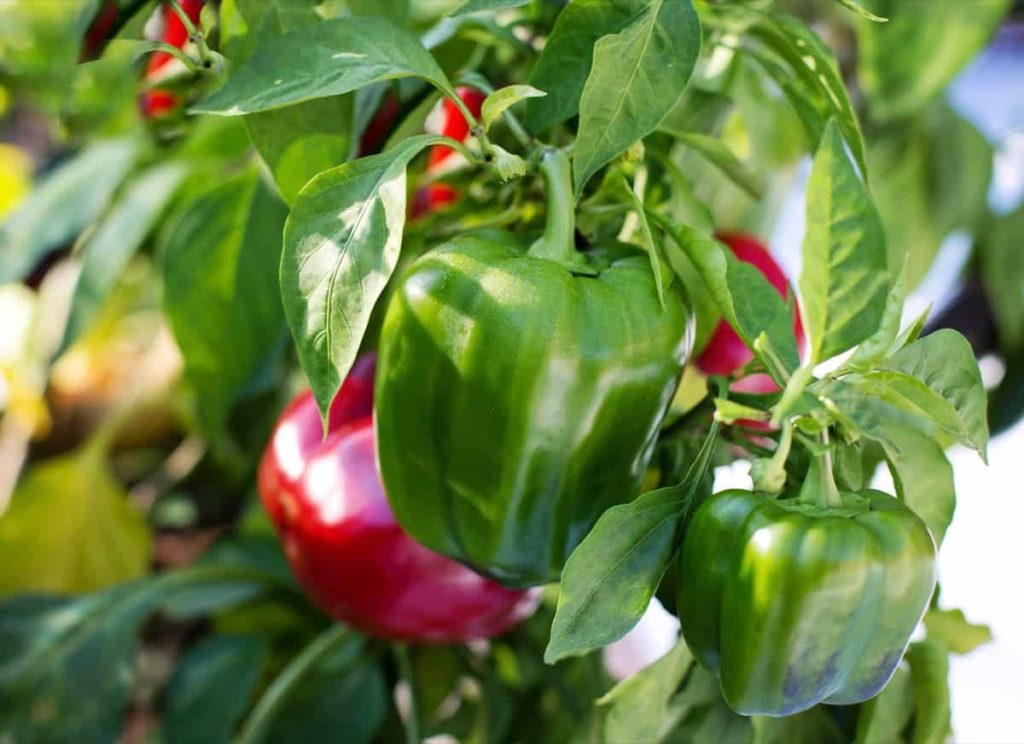
Home gardening is not only a pleasurable activity but also beneficial to your health and the environment. It’s well worth it to put in the effort and expense in Odisha to grow a home garden. If you grow your food, you won’t have to depend on the grocery store or the farmers’ market. There is a time and financial benefit to cooking meals instead of eating out. Growing one’s food can cut down on food costs and more.
Below we will learn home gardening in Odisha, the different types of home gardens for Odisha, how to set up different home gardens in Odisha, how to establish a backyard home garden in Odisha, and how to set up a balcony home garden in Odisha, how to set up a terrace home garden in Odisha, and the different vegetables, fruits, herbs and flowers for Odisha home gardens.
Home gardening in Odisha/Orissa
Choose the type of home garden
Backyard garden/outdoor garden
Choose the perfect location for your backyard home garden
It’s essential to give some thought to where you put your garden. Locate your garden close to your house, in a sunny area, on good soil, and near a water supply if possible. Sunlight is essential for the survival of most plant species. Vegetables like broccoli, collard greens, and spinach, which like partial shade, should be planted there. In general, you shouldn’t put a plant in complete shade.
Having a flourishing garden is next to impossible in the presence of massive trees, hedgerows, and hedges. So that you can enjoy your garden regularly, it’s best to have it near your house. If you maintain a careful watch on your garden, you may be able to see the first signs of pests, diseases, and weeds, giving you time to take corrective action before they cause too much damage.
Consider soil characteristics such as fertility, drainage, tilling ability, moisture retention, and depth of topsoil when deciding where to grow a garden rather than the soil type itself. The soil might be improved by adding organic material to it. Without sufficient water, a garden in the backyard will provide mediocre results at most. Mulching and organic matter can slow the rate at which water evaporates from the soil, but they can’t prevent all water evaporation. The garden must be close to a water source so it can be watered often.
Soil preparation in your backyard home garden
Backyard home gardeners should not skip the process of having their soil tested. The findings of a soil test may advise you on how much fertilizer to add to the soil for optimal plant growth. The soil’s pH level is measured to provide liming recommendations. Most garden soil is within the ideal pH range for most plants, 6.0 to 6.5. Plants need soil with a pH less than 5 to thrive. To get the full advantages of lime, it should be applied three to six months before planting. Before you start working on your soil, you should add lime to it.
For successful planting in the spring, it is essential to prepare the soil in the autumn of Odisha. In the autumn, you should cut up the leftover litter, turn it to fasten decomposition, and lessen the risk of diseases. It is best to have your beds or ridge rows ready in the fall to plant cool-season or springtime crops in January, February, or March.
In case you missed it: Homemade Fertilizers for Root Vegetables: Potatoes, Carrots, Beetroot, Onions, Radishes, Turnip, Ginger, and Garlic
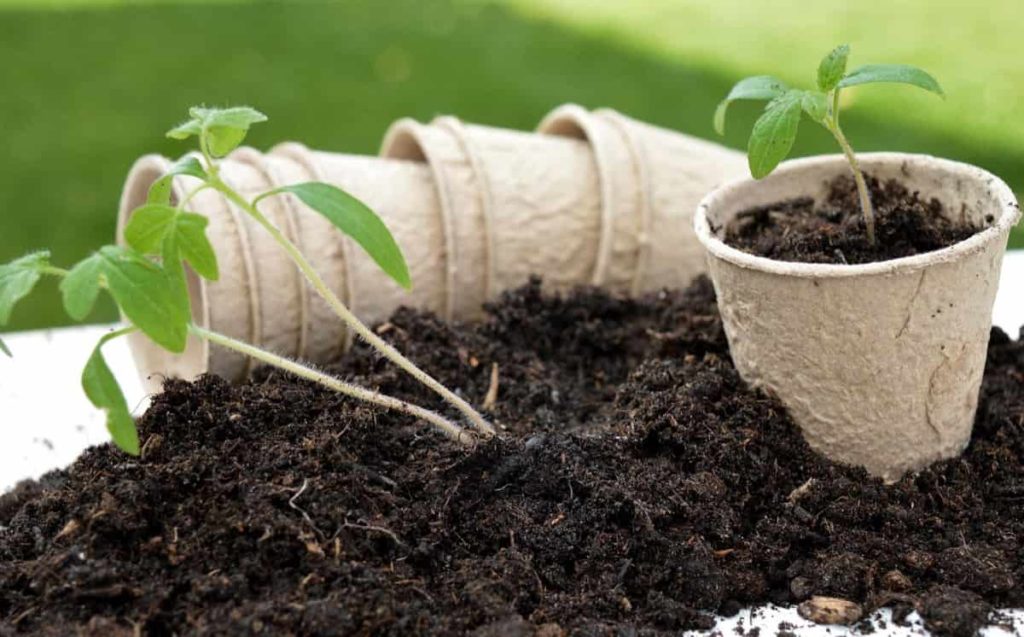
Always try to add organic matter to the soil if you can. Tilth is increased, water is retained, and root development is facilitated. Due to continuous cultivation and high temperatures, organic matter decomposes rapidly in garden soils. A great way to restore the depleted organic material is by composting. Compost can be made from various materials, including weeds, straw, hay, leaves, and dung. Manure, leaves, and other materials may be added directly to the garden and mixed during the fall’s garden land preparation in Odisha.
Plant your backyard garden
Planting and caring for a garden is a long-term activity that can’t be completed in a day. Plan your plantings carefully. Using a thick rope as a planting aid has several benefits. To mark off two rows, all you need is four stakes and a string of thread or chain twice as long as the garden. A row’s breadth is dependent on the kind of plant being grown. Planting in drills is ideal for most crops while planting in hills can be better for others, such as squash and melons. The term “drill” describes a uniform row of vegetation.
To prepare a row for planting large-seeded crops like beans, peas, or sweet corn, you may either use a small plow to create a furrow, or you can walk backward while standing on the rope to draw the corner of the hoe blade down the string. Many gardeners use the pointy end of the hoe handle as a planter for small-seeded crops, but this isn’t the case for everyone. Most vegetable seeds can be planted relatively easily in various small, push-type planters.
Plant seeds deeper than you think. They’ll grow to be tall. This method can save some non-germinating seeds and young plants that would otherwise be destroyed. Even high-germination-rate seeds may fail to sprout. Insect pests, birds of prey, and diseases can reduce a crop’s productivity. When the plants have settled in, you can prune away the excess growth to keep them from becoming too crowded. The easiest approach to prevent the plants from becoming overgrown is to prune them as they mature.
Put a layer of straw mulch between 12 and 1 inch thick over plots sown with very small seeds. Mulching is beneficial because it protects young plants from predators and keeps the soil from compacting around them. Mulching can be especially helpful in drought-stricken regions since it lowers the water required for seed germination and early plant development. Backyard home gardening is possible, but many crops benefit from being started in a protected environment before being transplanted into the garden.
Plants can’t grow properly without quality seeds, sterile soil, enough heat, light, water, and air circulation. When pulling plants from the bed, check for signs of diseases and ensure they are in good condition before replanting. The soil around the roots should be flooded immediately after planting to prevent air from penetrating the new plant. After the soil has been drenched, it should be recovered by being covered with dry soil.
In case you missed it: 18 Common Mint Plant Problems: How to Fix Them, Solutions, and Treatment
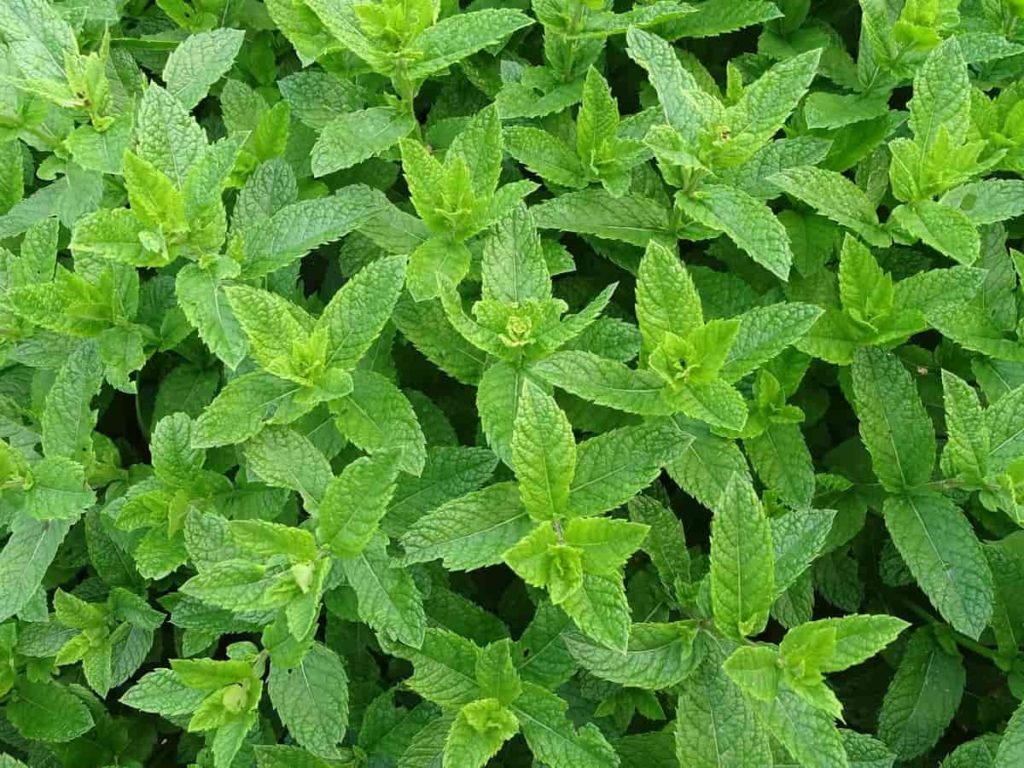
Water your backyard home garden
Soil type, plant growth stage, rainfall, temperature, and sunshine all play a role in determining how much water your garden needs. But, throughout the growing season, most vegetable gardens require between 1 and 1 1/2 inches of rain every week. Water usually keeps the soil moist. It is adequate to apply around an inch of water per week to medium and heavy soils if rain is scarce. On sandy soil, it might be required to use two or three 1/2-inch applications every week.
If the ground is level enough, you can saturate the soil by watering it via the furrows. If you have sandy soil or a surface with major imperfections, sprinkler irrigation is your best option, while porous watering hoses can be utilized wherever. Remember that prolonged watering, especially if it wets the leaves, might cause disease damage. If you water your plants, do it first thing in the morning or late at night, so the leaves don’t stay wet all day. Due to overwatering, water is wasted, and fertilizer is also washed away from the root zone.
Manage pests and diseases in your backyard home garden
Nematodes can transmit from plant to plant via leaves and soil and must be regulated or eradicated for good crop yields and quality. Following standard gardening practices should result in stronger, more disease-resistant plants. Additionally, this should result in less need for chemical pesticides. Wet leaves promote the spread of disease. Therefore, you shouldn’t water your plants in the late afternoon.
Common garden pests include aphids, bean beetles, tomato fruit worms, spider mites, pickle worms, cutworms, leafhoppers, corn earworms, wireworms, and the potato beetle. Regular inspections and good gardening practices might reduce the need for chemical pesticides in a home garden. The plant, particularly the undersides of its leaves, must be inspected carefully for pests.
Balcony gardening/container gardening/indoor gardening
Choose ideal containers for your balcony home garden
You can get a wide variety of pots and plants to suit your needs. Regardless of size, shape, or color, the essential feature of a balcony container is its drainage holes. You can use double utilized if you don’t want to utilize a drainage hole. Put the plant in a pot with drainage holes first, then transfer it to the pot without drains. Additionally, the container’s size should be taken into account.
Fast-growing annuals, such as those that bloom throughout the summer, need large pots. Small containers prevent roots from spreading, resulting in stunted plant height. Flower count reduces as a result. Even though 6-inch flower pots are all the rage, serious gardeners know they need containers that can hold at least several kilos of potting soil. These floral plants are stunning in their beauty. These plants need less water than others.
Growing plants in pots can be done in containers found at a nursery. They are readily available and inexpensive since they come in various sizes, from 2 to 15 gallons. Typically, containers ranging in size from 3 to 7 gallons are used. Balcony gardens benefit greatly from the use of heavy fiber pots.
Choose quality potting mix for your balcony home garden
Commercial potting mixes are excellent for plants grown in balcony containers. These blends are called “soilless mixtures” since they don’t include soil but materials like peat moss, vermiculite, and ground pine bark. These two additions improve drainage and air circulation. The top commercial blends include not just a wetting agent but also fertilizer and lime.
Those who want to grow many potted plants should make up their potting soil. Mixing organic material into sandy or clay loams enhances their drainage capabilities. A 50/50 mixture of soil and organic matter is the most effective, while other formulations also work. Pine bark that has been finely ground into particles between 1/4 and 3/8 of an inch in size is an excellent addition to soil organic matter.
This kind of bark is often found in nurseries and is used for potting purposes. You can use either fresh or aged pine bark in your compost. Hardwood barks should be composted before use. Peat moss can also be used since it is rich in organic compounds. Coarse peat moss is recommended. The fine, slimy peat mosses should be avoided. Both drainage and ventilation are compromised.
In case you missed it: Growing Green Beans from Seed to Harvest: How to Start from Scratch, A Detailed Guide for Beginners

Plant your balcony container plants
The potting soil has to be moist before it can be used. When there is no water leak, moist media should feel mildly moist rather than wet. If you choose a pre-moistened potting mix, you won’t need to water the soil as much when you put your plants in their new containers. Peat and pine bark that has been severely dried out is tough to revive. Never leave a plant’s crown exposed while potting it to prevent potential damage or death.
The transition from crown to media is called the “substrate-line.” When roots are immersed below the substrate level due to over-planting, damage to the plant’s crown might occur. When plants are set too close to the surface of the soil, the roots might dry up from the lack of moisture. Fill the balcony container up to the third mark with potting soil to ensure the survival of your plants. Fill the area around the roots with media, aligning the new and old substrate lines.
Shake the container to properly spread the potting mix over the plant’s crown. Re-wetting ensures that the new potting mix and plant have the ideal reservoir level. If you want to keep the soil from being compacted around the plant’s crown, you shouldn’t do things like tamp down the container’s contents or push down on the soil. Balcony gardeners can use stakes to anchor the plant if they feel it’s necessary.
Water your balcony home garden
In contrast to backyard home gardens, Balcony container gardens need more frequent watering due to increased evaporation caused by the containers’ exposed edges. More specifically, the drying time for unglazed ceramic pots is much less than that of plastic storage containers. Therefore, growing plants in plastic containers may need daily or twice-daily watering if they reach a certain size. If the soil in a container dries up completely, the plant’s roots will wither and die.
Potting material that has been allowed to dry out too much loses contact with the container and becomes more difficult to re-hydrate. You can buy potting soils with water-retaining polymers or mixed gels. If you put too much polymer into the soil, it will eventually seep through the container. Using cutting-edge self-watering pot systems can help lessen the frequency and severity of watering chores. If you water well, letting 10 percent of the water drain away from the base, you won’t be adding any salt to the soil.
Plants exposed to high salt levels suffer from scorched leaf edges, growth retardation, and decreased bloom production. Empty the saucers before refilling them with drain water to prevent salt buildup. This is easily accomplished with a kitchen baster; just don’t use it for cooking again! Water is a great way to provide soluble nutrients to the roots of plants growing in containers. Regular fertilization of container plants highlights the need for salt control while working with fertilizers.
Start fertilizing your balcony home garden
If fertilizer was included in the potting mix, container plants should be fertilized again in two to three weeks. After this stage, nutrient levels decline because plants utilize all the nutrients, and overwatering washes away soil nutrients. Annuals and perennials with succulent foliage and delicate skin benefit most from fertilization two to three weeks after potting. Cycles of fertilization might vary depending on the method used.
An example would be to use a liquid soluble fertilizer and apply it every two to three weeks throughout the growing season. Fertilizing every two weeks might help plants grow a lot quicker. Soluble fertilizer can be applied with only regular watering. The correct solution is to pour enough out of the bottle to drip. Use a garden-type dry fertilizer every three to four weeks if you use fertilizer. Spread half a teaspoon of fertilizer over each gallon of soil mixture.
Watering a plant after applying fertilizer helps break down the nutrients so the roots can take them up. Fertilizer-watered plants have a lower chance of stem and root damage. Slow-release fertilizers are widely available. The pills come in the form of little, round tablets. They contain fertilizer that is slowly released as they absorb water. The variety with a shelf life of around three months is the most often used. It’s essential to study the fertilizer packaging carefully.
In case you missed it: Best Fertilizers for Strawberries: Homemade, Organic, Compost, Liquid, NPK Ratio, and Schedule
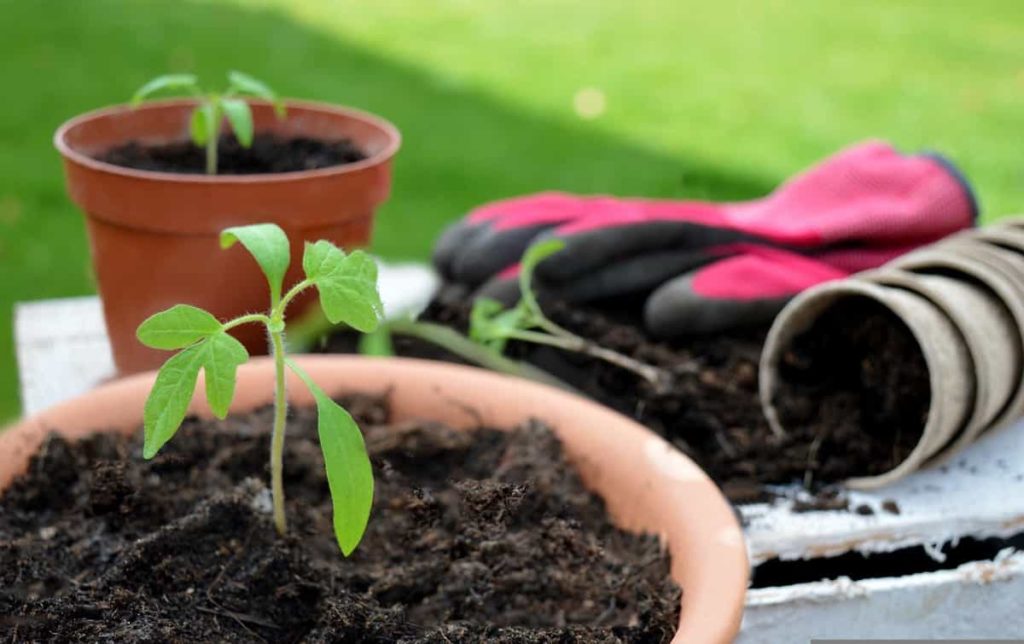
Terrace home gardening
Consider your terrace capacity
First, you must ensure the terrace can support the soil weight before starting a terrace home garden in Odisha. Most people are taken aback when told that soil, especially wet soil, might weigh quite a bit. It is advised that terrace gardens be built on the terraces of a large structure or a residence built with load-bearing floors rather than on top buildings showing signs of structural failure and instability.
Waterproof your terrace
Waterproofing the terrace is necessary to protect the space below the roof from flooding. Because of this need, putting off the essential civil work for proper waterproofing is challenging. Rain and irrigation water must drain properly off the terrace. Before laying down a soil layer for planting on a terrace, drainage systems and a geotextile covering must be put in. As an alternative to hand-watering, it is recommended that a drip watering system be installed.
Soil preparation for your terrace garden
Only in well-conditioned and fertilized soil can plants thrive. The texture and structure of soil can be altered, although organic materials can help. Red sand and coco peat can be mixed with composted yard waste, manure, and leaf mulch to create nutrient-rich soil. For optimal water retention, the soil should have the correct texture and crumbliness. Before you plant or sow, make sure the soil is well combined.
Chemical fertilizers kill out soil microorganisms and bacteria that are helpful to plant growth; hence, organic fertilizers and slow-release formulations are preferred. Once the soil has been amended with fertilizers, you can plant your desired vegetation. Adding mulch to your garden regularly will help your soil retain moisture and enhance its overall health. Because of this, the soil doesn’t become as hot in the summer and can better sustain plant life. Additionally, it improves soil aeration and slows the spread of weeds.
Care for your terrace home garden
Since a terrace garden is often constructed on concrete, the soil depth is typically minimal. That means you’ll have to compost and replace them often. Soil oxygen levels should be high for optimal plant growth. To maintain the plants alive, watering is the most crucial. Because photosynthesis requires water, it is best to water your plant first thing in the morning.
It is crucial to often water the terrace garden since the soil is so shallow. Weeds spread quickly and starve other plants of vital nutrients. Therefore, regular weeding is essential for plant health. Certain plants also need regular pruning and trimming. Some plants thrive in direct sunshine, while others prefer shade. While planting, keep in mind the requirements of each plant.
Install wind barriers
Your plants can benefit from a wind barrier’s reduced wind pressure and protection from the weather. Create a windbreak with the help of trellises, plants, fences, or shelterbelts if you want. To improve airflow for your plants, you’ll need to build a new wind barrier.
Manage pests and diseases on your terrace home garden
Weeds in the garden invite more pests and diseases; therefore, getting rid of them is crucial. Crop rotation is also important for lowering the insect population. Soil-borne pests and diseases can be kept at bay by maintaining a moist growing environment and adding well-rotted farmyard manure and compost. The sun’s rays are best for exposing the soil to kill off harmful microorganisms and viruses throughout the summer.
By hand, gather garden pests such as larvae, borers, eggs, slugs, and snails. If you see any diseased branches or leaves, prune them off immediately. Eliminate any infected plants to prevent the spread of disease. Carefully remove any unhealthy or rotting leaves from your plants. High-pressure water sprays can be used to safely and effectively kill plant-feeding insects without causing any damage to the plant itself.
Best vegetables for Odisha home gardens
Radishes, bitter gourd, cucumbers, chilies, spinach, lettuce, beans, peppers, bottle gourd, tomatoes, lady’s fingers, potatoes, and carrots, among many vegetables that can be grown in Odisha home gardens.
Best fruits for Odisha home gardens
Oranges, watermelons, pineapples, pomegranates, lemons, guava, muskmelons, strawberries, peaches, papaya, gooseberries, and figs are among the many fruits that can be grown in Odisha home gardens.
Best flowers for Odisha home gardens
Marigold, lilies, jasmine, rose, hibiscus, dahlia, chrysanthemums, sunflowers, and petunias are among the many flowers that can be grown in Odisha home gardens.
In case you missed it: Soil Preparation for Tomato Plants: Best Soil Mix, pH, Compost, and the Recipe
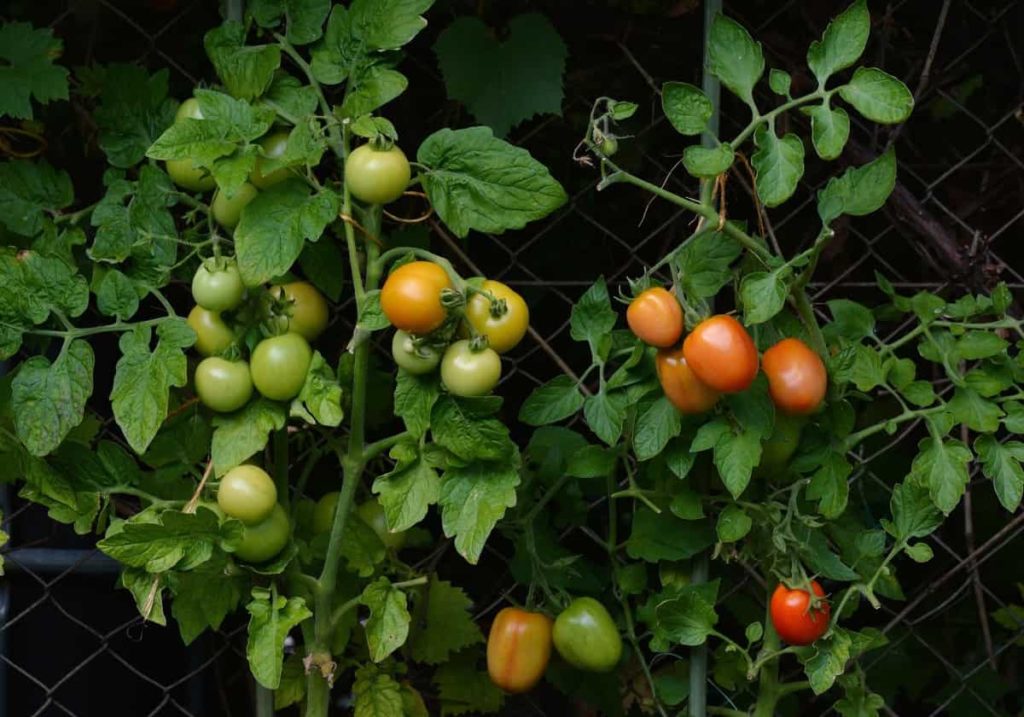
Best herbs for Odisha home gardens
Ginger, coriander, fennel, mint, basil, curry leaves, dill, cilantro, lemon grass, and chives are among the many herbs that can be grown in Odisha home gardens.
Conclusion
In many Odisha households, tending to a garden is a relaxing weekend activity. Seeing your garden transform from a bare plot of soil into a beautiful array of fruits, veggies, and other plants is satisfying. For some, gardening has a therapeutic influence on their mental health. Plant maintenance is a pleasurable family pastime. Meeting other gardeners is facilitated by gardening if you live in a community with other green thumbs. Regular gardening is a great way to get some little exercise outside.
- How to Grow Hibiscus from Flower
- Plantation Ideas for Home Decoration: A Beginners Guide
- Flower Garden Designs and Layouts for Beginners
- Planting and Spacing Techniques in Papaya: A Beginner’s Guide
- Growing Gold: Essential Techniques for Planting Pineapples
- How to Make Kalanchoe Plant Bushy: Home Remedies and Solutions
- 11 Reasons Why Your Gardenia is Not Blooming: Home Remedies and Solutions
- Eco Elegance: The Guide to Designing a Drought-Tolerant Landscape
- Gardening on a Slope: Strategies for Hillside Landscaping
- Nourish and Flourish: Top Organic Mulches for Thriving House Plants
- Everything You Want to Know about Indian Mogra Flower: Discover Uses and Growing
- Green Thumb Success: Expert Tips for Cultivating Greenhouse Pumpkins All Year Round
- Maximize Growth & Flavor: The Ultimate Guide to Companion Planting in Herb Gardens
- How to Control Rhododendron Problems Naturally: Home Remedies and Organic Ways to Fix Them
- Natural Magic: The Remarkable Benefits of Cinnamon for Plants
- Best Steps to Revive Dying Tulip with Natural and Organic Treatment
- 10 Reasons Why Your Angel Trumpet is Not Blooming: Remedies and Treatment
- How to Fix Periwinkle Leaf and Flower-Related Problems: Natural Remedies and Solutions
- How to Fix Zinnias Leaf and Flower Problems: Discover Natural and Home Remedies
- Organic Steps to Induce Lemon Tree Flowers: A Comprehensive Guide
- Bloom Booster: Crafting the Perfect Homemade Bougainvillea Fertilizer
- Optimizing Growth: A Guide to Applying NPK Fertilizer for Potted Plants
- 10 Best Homemade Fertilizers for Rubber Plant: DIY Recipes and Application Method
- How to Boost Female Pumpkin Flowers: Effective Steps for More Flowers and High Yields
- Transform Your Indoor Garden: Top Benefits of Pink Salt for Houseplants
- 10 Best Homemade Fertilizers for Peacock Plants (Calathea): Easy DIY Guide
- Unlock Blooms: 9 Reasons Why Your Potted Chrysanthemum is Not Blooming
- 8 Reasons Why Your Potted Hibiscus is Not Blooming: Fix it with Simple Solutions
- Unlock Blooms: 9 Key Reasons Your Potted Frangipani Won’t Flower
- 10 Reasons Why Is My Ice Plant Not Blooming: Remedies and Treatment
- 10 Reasons Why My Potted Hydrangea Not Blooming: Treatment and Remedies
- 10 Reasons Why is My Wisteria Not Blooming: Remedies and Treatment
- 10 Reasons Why is My Goldfish Plant Not Blooming: Remedies and Treatment
- Maximize Your Space: Ultimate Guide to Balcony Gardening with Grow Bags
- 10 Reasons Why Your Iris is Not Blooming: Remedies and Treatment
- 10 Reasons Why Your Anthurium Plant is Not Blooming: Treatment and Remedies